Add an extra dose of flavor to your recipes with browned butter! Learn how to brown butter with these easy-to-follow steps (plus a video tutorial).
Browned butter has an incredible toasted, nutty, almost caramel-y flavor (and aroma!). It's simple to make, and it adds a spectacular depth of flavor to recipes (like this browned butter vanilla snack cake).
What is browned butter?
Browned butter (or brown butter) is butter that has been cooked beyond its melting point, until the water in the butter evaporates and the milk solids in the butter become browned. All you need to make it is a stick of butter, a saucepan (preferably one that's light in color), and a heat-resistant spoon or spatula.
Learn how to brown butter by following these easy-to-follow steps, and watch me brown butter in the video below!
How to Brown Butter
- Place butter in a saucepan over medium-low heat to melt. (Tip: Use a light-colored saucepan so that you'll be able to see the butter browning and reduce the risk of burning the butter.)
- Once the butter has melted, the water will begin to evaporate from the butter, and the butter will begin to bubble and spatter. (Tip: Keep a close eye on your butter so that it doesn't burn while your back is turned!)
- Once the water has cooked out of the butter, the milk solids in the butter will begin to brown. Turn the heat down to low, and give your butter a stir to make sure the milk solids aren't sticking to the bottom of your pan.
- You'll start to smell browned butter's signature toasted, nutty aroma and you'll see brown flecks in the bottom of your pan. (These brown flecks are the browning milk solids). Continue to keep a close eye on your browning butter.
- Skim the foam from the top of the butter to check on the color of the browning milk solids. When the milk solids reach a nice, golden brown color, remove the pan from the heat and transfer the browned butter into a heat-proof bowl so that it does not continue to cook in the hot pan.
- Your browned butter is now ready to use! Add it to a recipe or store it in an airtight container in your fridge for later use.


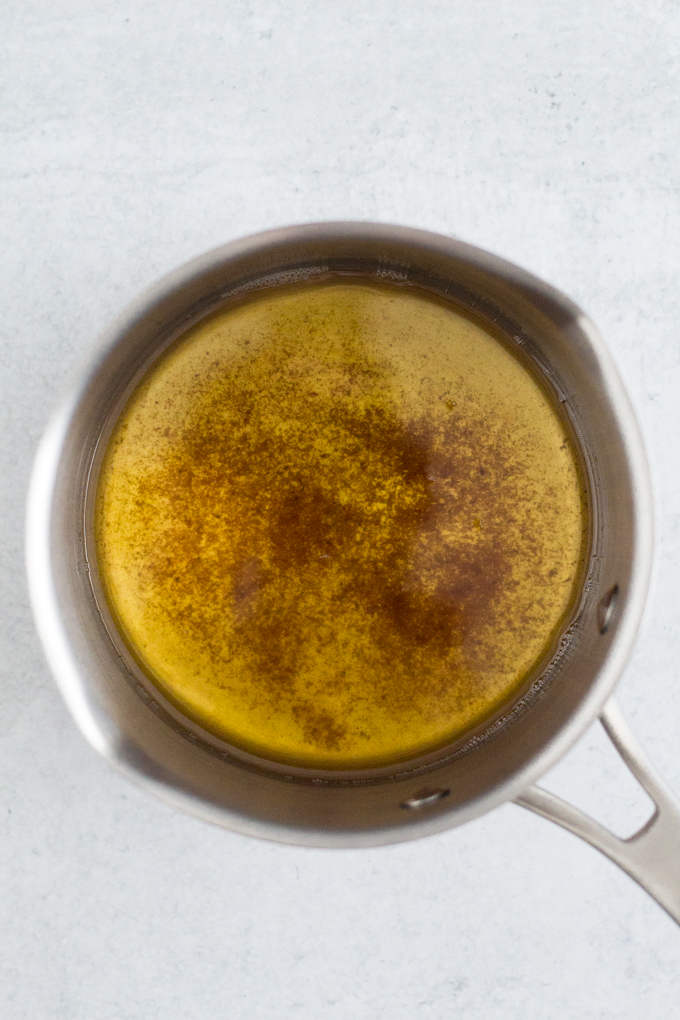
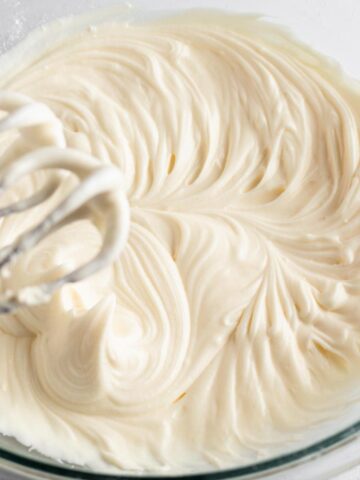
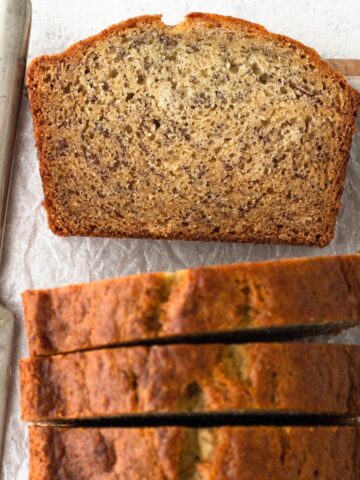
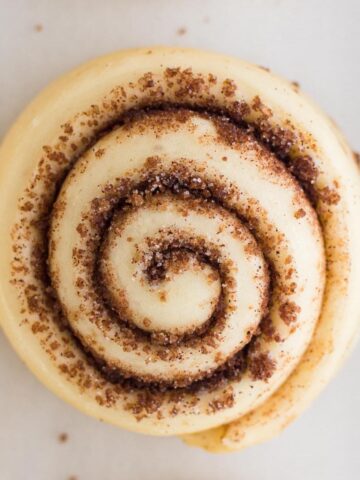
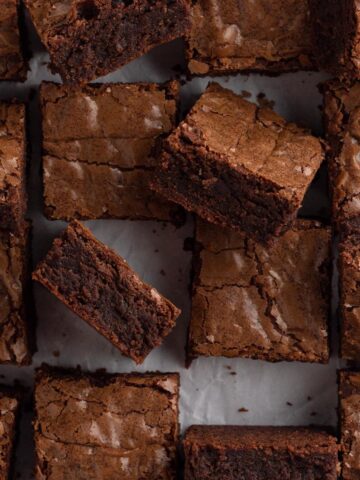
Comments
No Comments